لا تزال بطاقات العمل التي تحمل صورًا فوتوغرافية لها مكانتها في العالم. ومع انتشار وسائل التواصل الاجتماعي ومواقع الويب، لا تزال بطاقات العمل تحمل معها شعورًا بالرقي، خاصة عندما يتم تصنيعها بعناية وحرص على الجودة.
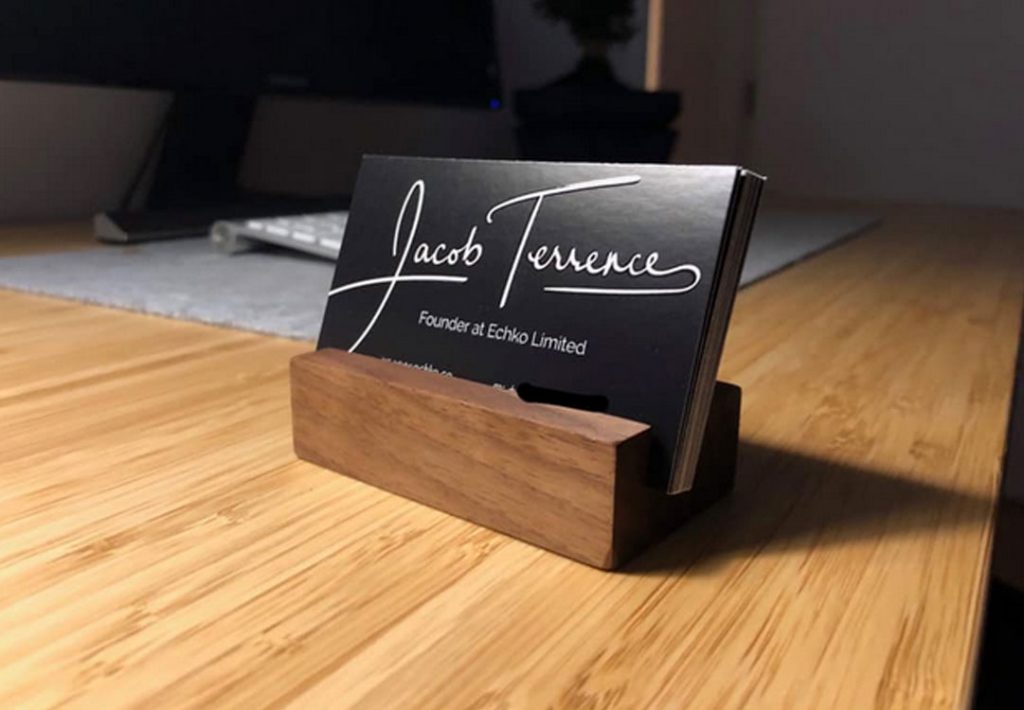
لماذا تعتبر بطاقات الأعمال الفوتوغرافية مهمة
إذا كنت تبني علامتك التجارية وقاعدة عملائك، فستحتاج إلى الكثير من التواصل. ورغم أنك ستفعل الكثير من ذلك عبر الإنترنت، إلا أن هناك أوقاتًا كثيرة تحتاج فيها إلى بناء جهات اتصال في الحياة الواقعية. ففي فعاليات التصوير الفوتوغرافي والصحافة والإعلام؛ تتحول كل محادثة تجريها إلى عرض تقديمي. فأنت موجود هناك لتنمية عملك وبيع منتجك بفعالية - وهو التصوير الفوتوغرافي. إن جذب انتباه الناس من خلال السحر والتواصل الفعال أمر ممتاز، ولكن يجب عليك التأكد من استمرار المحادثة بمجرد عودتهم إلى مكاتبهم.
لا شك أن بطاقة العمل المصممة جيدًا والجيدة الجودة ستحظى بإعجاب الجميع. المساهمة في ترك انطباع دائم. بعد حدث للتواصل الاجتماعي، يعود الأشخاص إلى منازلهم وهم يحملون هواتف ذكية مليئة بالعديد من المصورين والمبدعين. ستجعلك بطاقة العمل الخاصة بالتصوير الفوتوغرافي تبرز من بين تلك المجموعة.
عندما يتعلق الأمر بمساعدتك في إنشاء بطاقة عمل، حسنًا، هذا هو المكان الذي نأتي فيه. لقد قمنا بإنشاء دليل خطوة بخطوة يساعدك ذلك على الحصول على المظهر الجمالي الذي تريده، مع منحك في الوقت نفسه التحكم الإبداعي الكامل. ولكن إذا كنت متردداً بعض الشيء في البدء، فإليك بعض الأشياء التي قد ترغب في أخذها في الاعتبار أثناء تصميم بطاقة العمل الخاصة بك للتصوير الفوتوغرافي.

تصميم بطاقة عمل للتصوير الفوتوغرافي
بطاقة العمل ليست مجرد مكان لتخزين معلومات الاتصال الخاصة بك. كما هو الحال مع كل عنصر من عناصر علامتك التجارية، إنها فرصة لتقول شيئًا عن من أنت. يعتبر التصميم مهمًا للغاية. يجب أن تفكر بشكل استراتيجي في المكان الذي تضع فيه كل تفصيلة وكيف تضيف إلى التصميم العام. لن تكون البطاقة التي تحتوي على الكثير من المعلومات، والمزدحمة معًا بإحكام، سهلة على العين. فهذا يشير إلى أن انتباهك للتفاصيل غير كافٍ؛ وهذا ليس مظهرًا جيدًا لأي مصور.
على النقيض من ذلك، فإن التصميم البسيط النظيف الذي يحتوي فقط على التفاصيل الأساسية يُظهر أنك على دراية بصورتك. ويخلق رد فعل إيجابي لدى الأشخاص الذين يتلقون بطاقتك.
فيما يتعلق بموضوع المعلومات ذات الصلة، إليك الأساسيات التي يجب أن تكون موجودة في كل بطاقة.
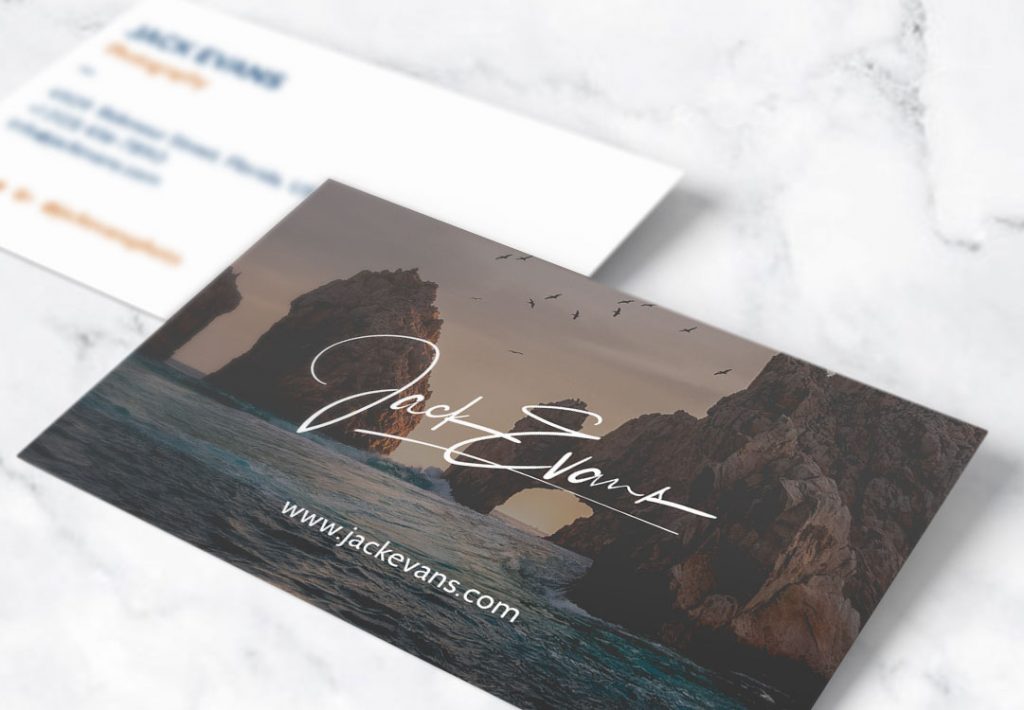
الاسم والمسمى الوظيفي: قد يبدو الأمر واضحًا بعض الشيء، ولكننا رأينا العديد من الأمثلة لصور تغفل هذا النوع من المعلومات، لذا لا يمكننا تجاهل ذكرها. يساعد اسمك الأشخاص على التواصل معك على مستوى أعمق. كما أن عنوان وظيفتك سيوضح بالضبط الخدمة التي تقدمها.
تأكد من توضيح نوع العمل الذي تتخصص فيه. فبدلاً من "جون سميث – مصور فوتوغرافي"، اكتب "جون سميث – مصور زفاف وصور شخصية". فالتفاصيل الصغيرة مثل هذه تحدث فرقًا كبيرًا عندما يتعلق الأمر بالحصول على وظيفة!
فوتولوجو: إن وضع اسمك في النص أمر مهم. ولكن وضع شعارك على عملك في التصوير الفوتوغرافي يجعل تصميمك حيويًا. إن وضعه على الجانب الآخر من التفاصيل يساعد في إبرازه، مع عدم إغفال المعلومات التي يحتاج الأشخاص إلى معرفتها. إذا لم يكن لديك Photologo حاليًا، يمكنك الحصول على واحدة بسهولة عن طريق تقديم طلبك هنا.
البريد الإلكتروني ورقم الهاتف: في جميع الأحوال، يجب أن يكون لديك بريدك الإلكتروني ورقم هاتفك على بطاقتك. لا تزال هذه الطريقة شائعة للتواصل، وخاصة للاستفسارات التجارية. لذا فإن وجودها سيمنع الأشخاص من الاضطرار إلى البحث في وسائل التواصل الاجتماعي وموقع الويب الخاص بك لمعرفة كيفية الاتصال بك. أو الأسوأ من ذلك، عدم عناء ذلك على الإطلاق!
وسائل التواصل الاجتماعي والموقع الإلكتروني: ما لم يكن لديك نفس المعرف على جميع المنصات، فننصحك بالاحتفاظ بمعلومات الوسائط الاجتماعية في موقع واحد أو موقعين. إن وجود تفاصيل منفصلة لفيسبوك وإنستغرام وتويتر ويوتيوب وما إلى ذلك سيبدأ في جعل تصميمك يبدو متجمعًا. قم بتسليط الضوء على المنصات التي تستخدمها كثيرًا وضعها بجوار نطاق موقع الويب الخاص بك.
للحصول على مظهر أكثر أناقة، يمكنك استخدام شعار المنصة الاجتماعية حتى يتمكن الأشخاص من التعرف عليها، ووضع @johnsmith بجوارها. يبدو هذا أفضل كثيرًا من instagram.com/johnsmith، على سبيل المثال.
لوحة الألوان: في المراحل الأولى من عالم الأعمال، كان كل ما يحتاجه الناس هو بطاقة أعمال بيضاء نقية مكتوب عليها نص باللون الأسود. لقد تطورنا منذ ذلك الحين، وفي عالم الإبداع، يمكننا أن نكون أكثر إبداعًا من ذلك بكثير. فيما يلي دليل أساسي للألوان الأكثر شيوعًا وعلم النفس الكامن وراءها.
أزرق: يعرض صورة من الصدق والثقة
أحمر: يظهر العاطفة والطاقة
البرتقالي: هي علامة على التفاؤل والإيجابية
أصفر: إنه مبهج ومحفز عقليًا
كل الصفات المذكورة أعلاه مفيدة لبناء علاقة بينك وبين جهات اتصالك/عملائك المحتملين.
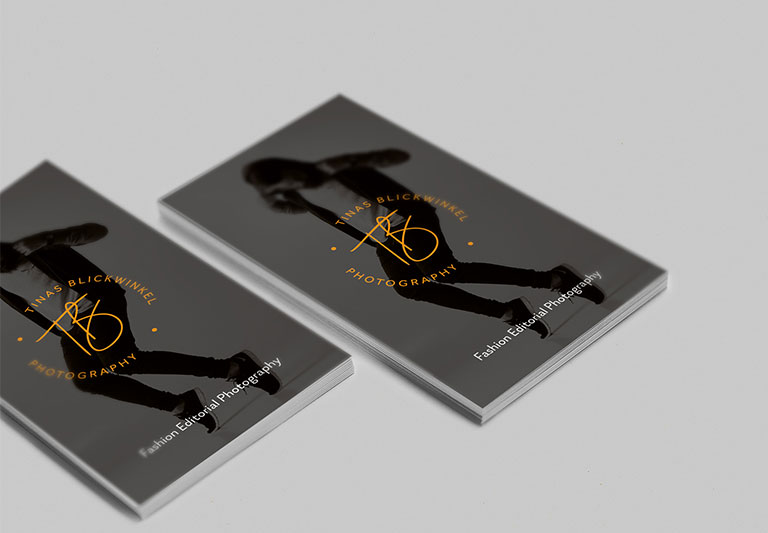
لا تنتظر، بل تصرف الآن.
لا تعرف أبدًا متى ستلتقي بشخص قد يكون مفيدًا لمسيرتك المهنية. يضمن لك وجود بطاقة عمل للتصوير الفوتوغرافي دائمًا إمكانية استمرار التواصل والحصول على الوظيفة. لذا، لا تنتظر حتى الغد أو الأسبوع المقبل أو الشهر المقبل. قم بالتحرك اليوم وابدأ في بناء تصميمك ثم قم بتنفيذه على الفور.
يمكنك مشاهدة هذا فيديو تعليمي كامل حول كيفية تخصيص بطاقتك، بما في ذلك كيفية إضافة شعارك الفوتوغرافي المصمم خصيصًا.
